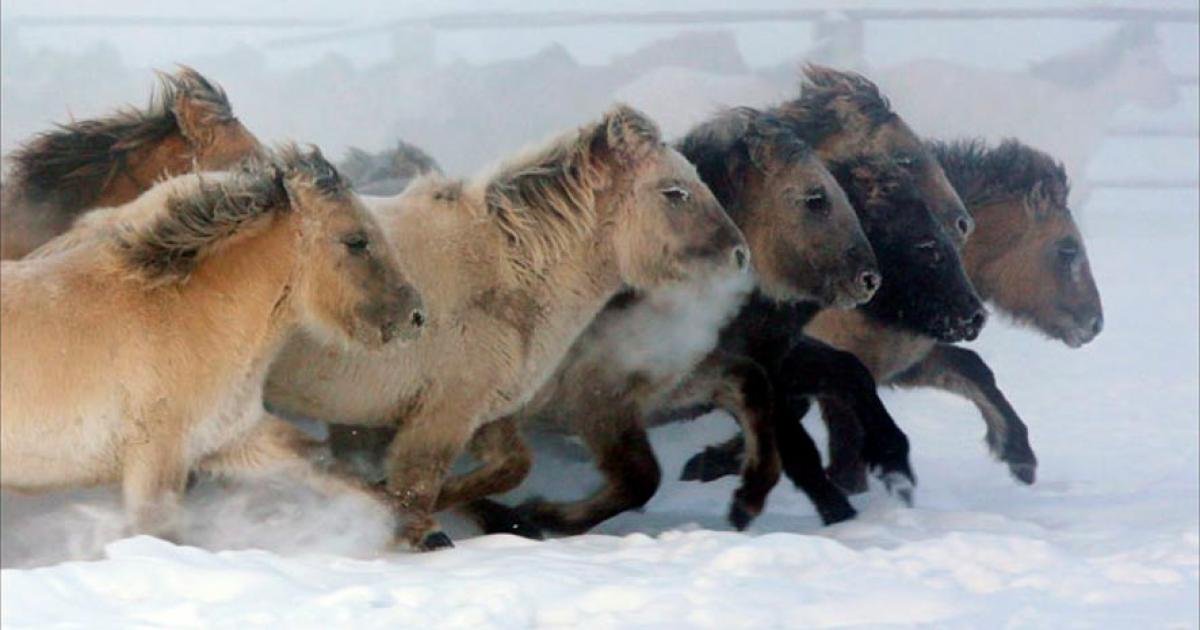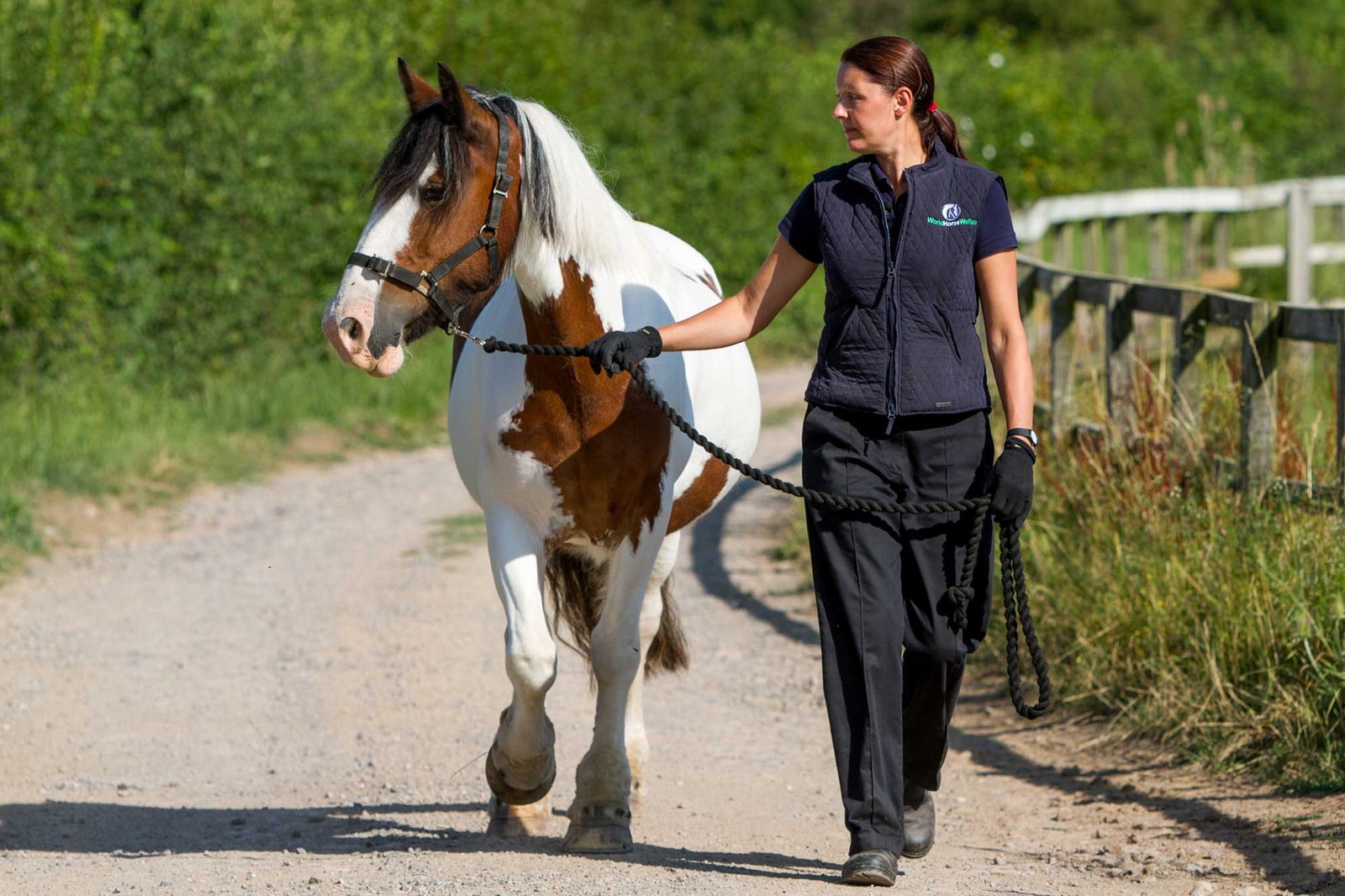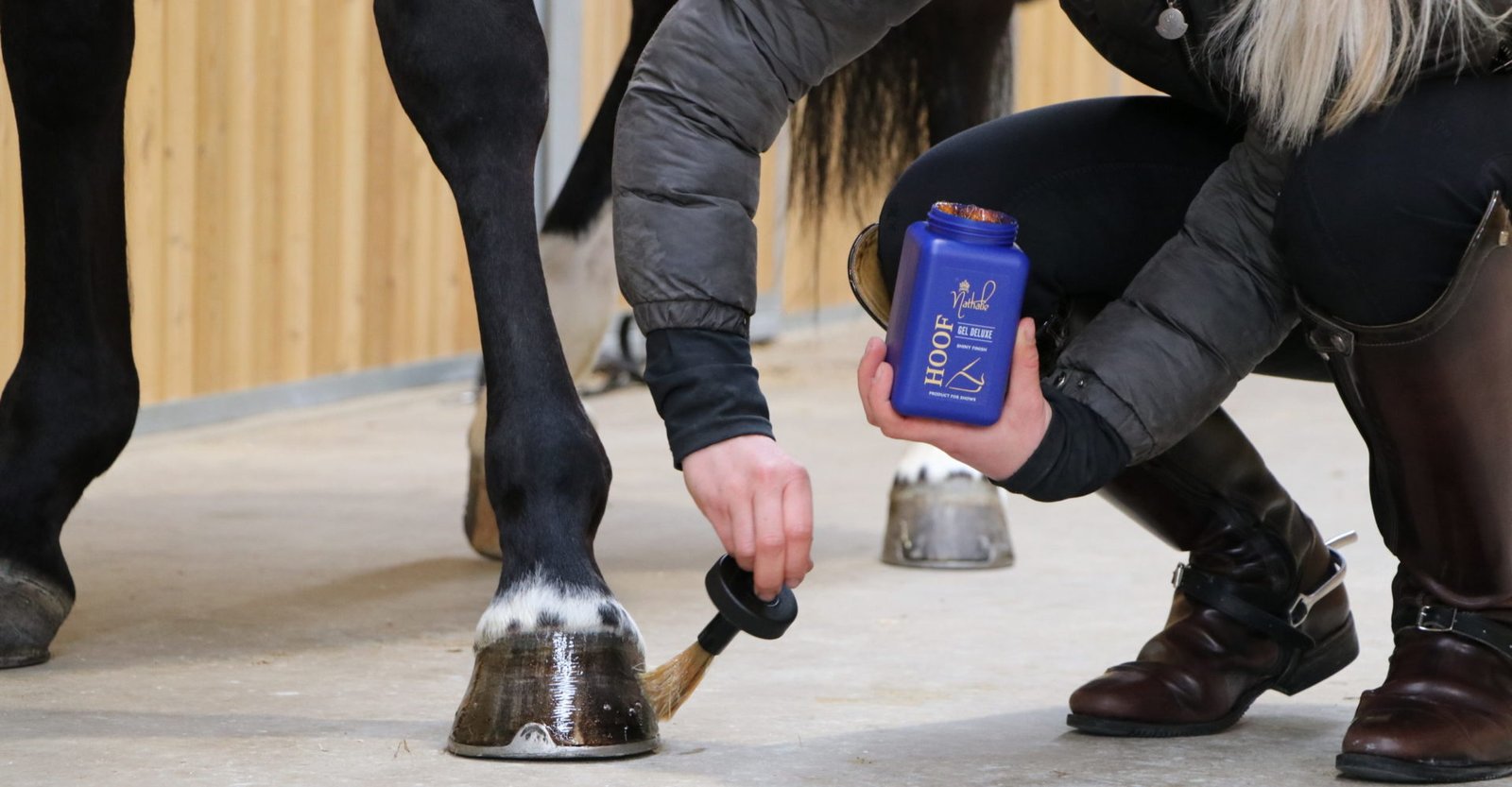Ponies, often overshadowed by their larger equine counterparts, have played a critical role in shaping human history. Their smaller stature and remarkable strength made them indispensable in agriculture and transport for centuries. From working the fields to pulling heavy loads, ponies were essential partners in rural and industrial communities around the world.
Ponies in Agriculture
1. Tilling the Soil
Before the advent of modern machinery, ponies were a primary source of power for plowing fields. Their compact size allowed them to navigate tight spaces and challenging terrains, especially in hilly regions unsuitable for larger draft horses.
- Shetland Ponies: Known for their strength and resilience, Shetland ponies were often used in small farms for plowing and other labor-intensive tasks.
- Exmoor Ponies: Native to Britain, these hardy ponies were employed in agriculture due to their endurance and ability to thrive in harsh environments.
2. Transporting Goods
Ponies were essential for transporting agricultural produce from farms to markets. Their stamina enabled them to carry heavy loads over long distances, even on rugged paths.
3. Herding and Livestock Management
In pastoral communities, ponies assisted in herding sheep, cattle, and other livestock. Their agility and quick movements made them ideal for managing animals in open fields and confined spaces.
Ponies in Transport
1. Pack Animals
Ponies served as pack animals, carrying supplies, tools, and goods across vast distances. Their ability to carry heavy loads relative to their size made them valuable in trade routes and rural economies.
2. Pony Express
One of the most iconic roles ponies played in transport was during the era of the Pony Express in the United States. These swift and durable animals were used to deliver mail across vast and often treacherous terrains, bridging communities and enabling communication.
3. Mining Industry
In the 19th and early 20th centuries, ponies were employed in coal mines to haul carts loaded with coal. Known as pit ponies, they worked tirelessly in underground environments, often spending their entire lives in service.
Cultural Significance of Ponies in History
Ponies were more than just working animals; they were woven into the fabric of the communities they served.
- Symbol of Resilience: Their ability to endure harsh conditions and heavy workloads made ponies a symbol of resilience and perseverance.
- Community Dependence: Many rural households depended on ponies for survival, relying on their labor to sustain farming and transportation needs.
Famous Pony Breeds in History
Certain breeds of ponies have left a lasting legacy due to their roles in agriculture and transport:
- Shetland Pony: Revered for their strength and adaptability, these ponies were common in coal mines and farms.
- Fjord Pony: Originating from Norway, Fjord ponies were used for plowing and pulling carts in Scandinavian regions.
- Welsh Pony: Known for their versatility, Welsh ponies served as workhorses in farms and transportation hubs.

The Decline of Ponies in Agriculture and Transport
The industrial revolution and technological advancements brought about the decline of ponies in agriculture and transport. The invention of tractors, automobiles, and machinery replaced much of the labor that ponies once performed. Despite this, ponies transitioned to new roles in leisure and sport, retaining their importance in human culture.
Ponies in Modern Times
Today, ponies are celebrated for their historical contributions and continue to play roles in various sectors:
- Recreational Use: Ponies are popular in equestrian sports and as companions for children and families.
- Conservation Grazing: In some regions, ponies are used to manage landscapes and promote biodiversity.
- Heritage Breeds: Efforts to preserve breeds like the Shetland and Exmoor ponies ensure their historical significance is remembered.
Conclusion
Ponies have been indispensable in the development of agriculture and transport throughout history. Their strength, resilience, and adaptability made them essential in sustaining rural economies and connecting communities. While their roles have evolved over time, the legacy of ponies as hardworking and reliable animals remains a testament to their historical importance. Today, we honor their contributions by preserving their breeds and celebrating their enduring partnership with humanity.











